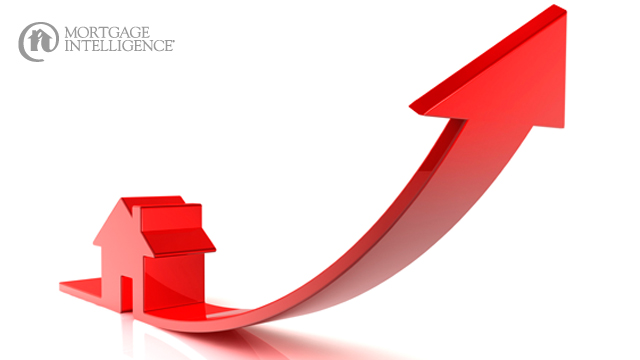A question we keeping hearing frequently, since of late is “what is a trigger rate? Before we get to the trigger rate, it might be useful to get some perspective on how and when a trigger rate would apply to a borrower.
Since around April this year, we’ve been seeing Bank of Canada increase the over night rate, seven consecutive times from 0.25% to the current rate of 4.25%, with the last announcement made on December 8th 2022. These rate increases impact our commercial bank’s prime rate, so for example when the overnight rates increases, you will see bank’s prime rate increase and when the overnight decreases the prime rate also decreases.
A variable rate is based on premium or discount on the prime rate offered by the lender. There are two types of variable rates – adjustable rate mortgage (ARM) and variable rate mortgage (VRM).
With an adjustable rate mortgage, when the prime rate increases, the applicable rate will also automatically increase. Many Canadians who are on variable rate mortgages, may have seen their mortgage payments increase quite significantly, due to the prime rate increases in the last few months.
With some variable rate mortgages, your mortgage payments are fixed, so when there’s an increase or decrease in the prime rate, payment towards your principle & interest will change.
A trigger rate is when there are significant variable rate increases, and the fixed payments on the variable rate mortgage, are no longer sufficient to cover the principle & accrued interest payments. If you are currently on a variable rate mortgage with fixed payments, it would be in your best interest to speak to a mortgage expert about your trigger rate & strategies available to you.
Get in touch with the experts at MiMortgage.ca at 1.866.452.1100. Let’s talk!


